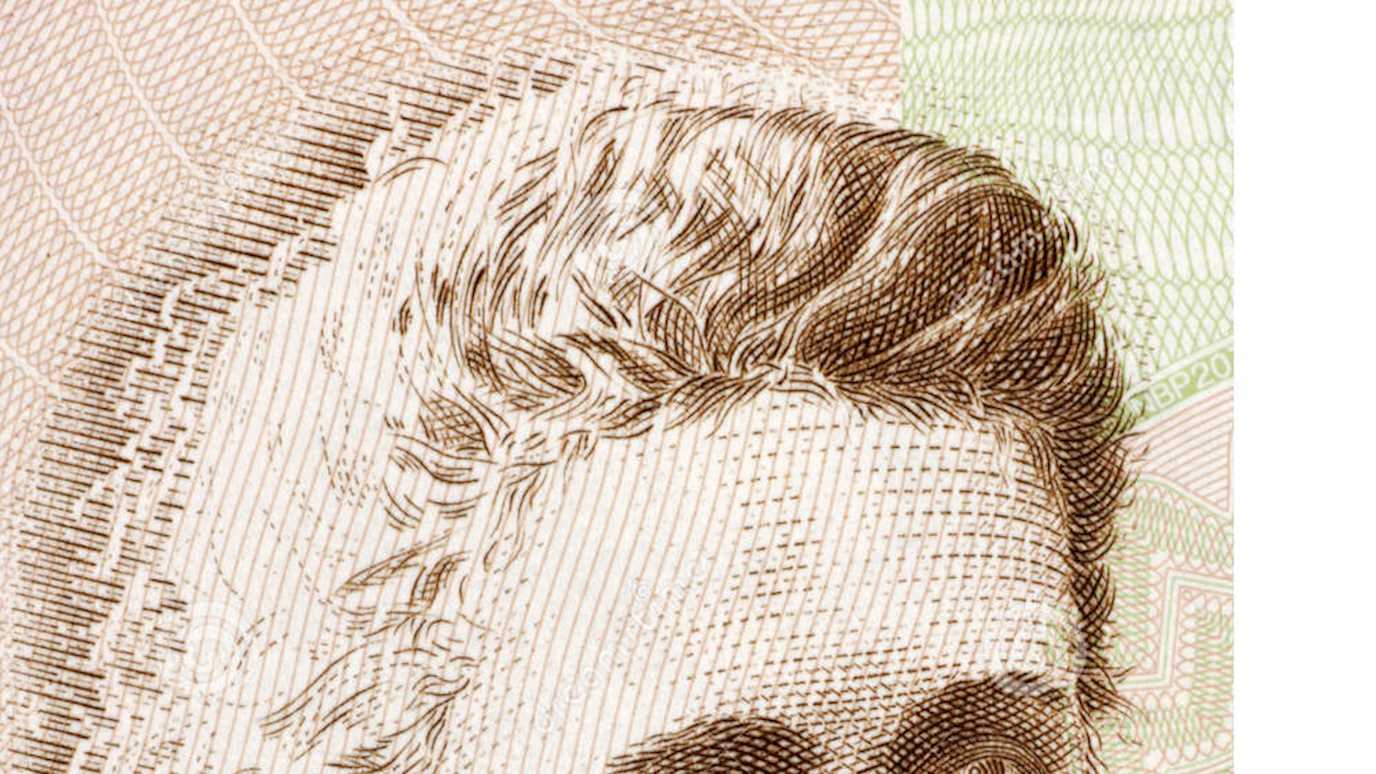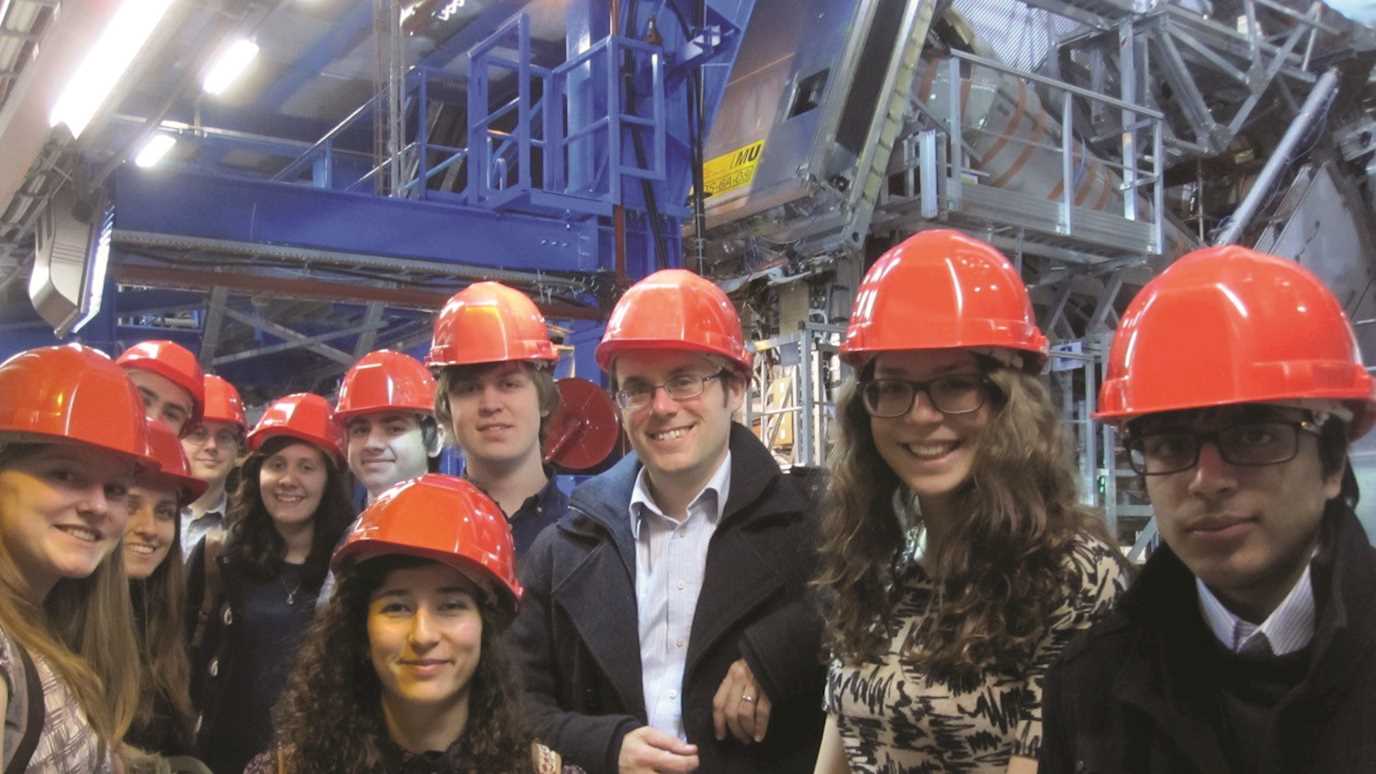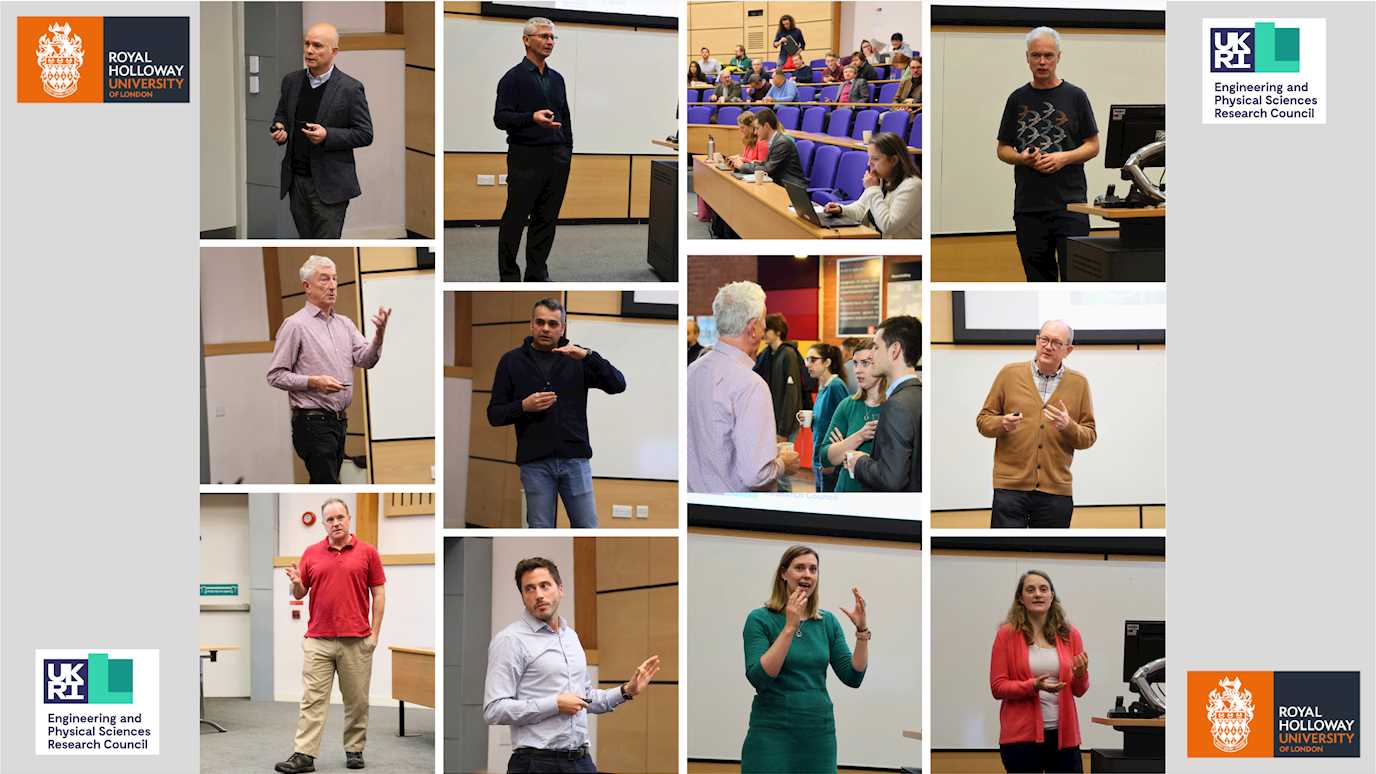To celebrate Women's History Month, the department is looking back at the life and work of one of the most influential female physicists of all time: Marie Skłodowska-Curie.

An image of Marie Curie as depicted on the 500 Francs Bank Note. She is wearing a dress, and necklace. Her hair is up in a bun.
Marie Skłodowska-Curie is most famous for winning two Nobel Prizes for Physics and Chemistry, the only person in history to ever achieve such a feat. She won the first in 1903 for Physics, which she shared with her husband Pierre Curie and her colleague Henri Becquerel. She was the sole recipient of the Nobel Prize in Chemistry in 1911 for her discovery of Radium and Polonium. To date, only 4 women have received the prestigious award in Physics and only 7 in Chemistry in the 120 years since its inception, with no woman of colour ever receiving one in either discipline.
Born in 1867 in Poland, Marie Skłodowska-Curie spent most of her professional career living in Paris, where she worked at the University of Paris, later rising in the ranks after the devastating death of her husband to become the first female professor to teach at the institution. Her early studies began in 1890 at the University of Paris; before this she was self educated in physics as her family were not able to afford a tutor. Curie herself worked as a tutor to wealthy friends of her parents whilst in Warsaw and even rose to governess of the household. After accepting a place at the University of Paris she received two degrees, the first in 1893 in physics and the second in 1894 in maths. This was highly unusual for women at the time. In 1903, she became the first woman in France to earn a PhD in physics.
She was the only woman to be invited to the first Solvay conference with the most prestigious scientists at the time, and throughout her career she was consistently praised by the likes of Einstein. She faced sexism her entire career, such as her husband having to campaign for her inclusion in her first Nobel prize win. In 1911, the same year she was awarded the Nobel prize in Physics, she was rejected admission to the French Academy of Sciences, who had never admitted a woman until that point. She struggled with the lack of recognition for her work, which caused financial hardships and prevented her from accessing funding for her laboratory.
Her work at the university of Paris has gone down in history; she published 32 seminal papers for modern physics during her tenure. She coined the term radioactivity, discovered two elements (polonium and radium), and invented the first X-ray machine. She was responsible for the birth of a new scientific field, radiology; she founded the Radium Institute, which operated from 1919 to her death in 1934, and the Curie foundation, which she created near the end of her life.
Her legacy also lived on in her daughters. Irène won the Nobel prize in 1935 in Chemistry for her work in artificial radioactivity with Frédéric Joliot-Curie; Ève Curie, a writer and musician, dedicated a large portion of her life to work for UNICEF with her husband Henry Richardson Labouisse, who accepted the Nobel prize that UNICEF was awarded in 1965 on its behalf.
























